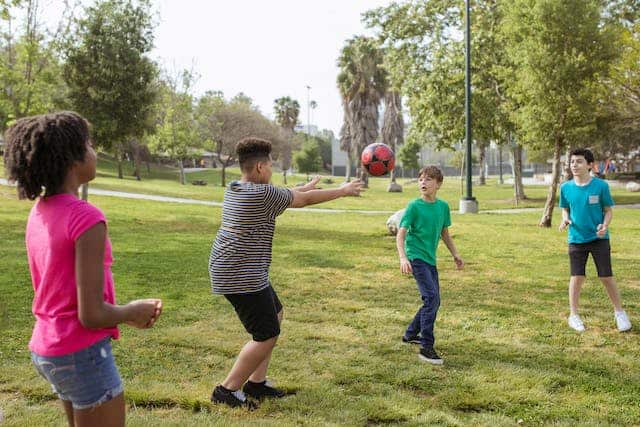Congratulations to many HALOites and affiliate investigators including lead author Dr. Markus Duncan, Dr. Nicholas Corey Kuzik, Dr. Diego Augusto Santos Silva, Dr. Mark Tremblay, Dr. Valerie Carson, and Dr. Jean-Phillipe Chaput on their contributions to a new paper titled ““Goldilocks days” for adolescent mental health: Movement behaviours combinations for well-being, anxiety and depression by gender” just published in Mental Health and Physical Activity. Citation details and brief summary featured on SCAPPS are below.
Duncan, M.J., Kuzik, N.C., Silva, D.A.S., Bélanger, R.A., Carson, V., Chaput, J.P., Faulkner, G., Ferro, M.A., Turcotte-Tremblay, A.M., Leatherdale, S.T., Patte, K.A., & Tremblay, M.S. (2023). “Goldilocks days” for adolescent mental health: Movement behaviours combinations for well-being, anxiety and depression by gender. Mental Health and Physical Activity, 100572. https://doi.org/10.1016/j.mhpa.2023.100572
ABSTRACT
The purpose was to assess which combinations of movement behaviours (i.e., physical activity, screen time, sleep) would predict the best and worst mental well-being and mental ill-health in a sample of adolescents; and whether associations differed based on gender identity categories. Cross-sectional data from a 2021-2022 cohort of students attending a convenience sample of Canadian secondary schools resulted in an analytical sample consisting of 31,362 cisgender boys, 32,699 cisgender girls, and 3,187 transgender/gender-diverse (TGD) youth. Mean (SD) age of the sample was 14.8 (2.3) years. Association between self-reported compositions of sleep duration, moderate-to-vigorous physical activity (MVPA) and screen time with mental health status were assessed with regression, as were interactions between movement composition and gender identity. Predicted mental health scores were inspected graphically for dose response and classified as being in the top or bottom 5% of predictions stratified by gender. Movement behaviour composition was significantly associated with all mental health outcomes and significantly modified by gender identity. Dose response between screen time and mental health was stronger for TGD youth and cisgender girls than among cisgender boys at lower levels of exposures (≤4 hours/day). At lower levels of MVPA (≤1 hour/day) the association between MVPA and depression or anxiety among TGD youth was stronger than among cisgender boys or girls. For all groups, predictions converged towards similar “Goldilocks Days” where all outcomes were in the top 5% at approximately 11 hours/day of sleep, 3 hours/day of MVPA, and 0.8 hours/day of screen time.
The full article is available here.
Photo by RDNE Stock project on pexels




